Comprehensive Report: Myocardial Infarction, Diagnosis, and Management
VerifiedAdded on 2021/12/21
|13
|946
|72
Report
AI Summary
This report provides a comprehensive overview of myocardial infarction, commonly known as a heart attack. It begins with an introduction defining myocardial infarction and its impact globally and in Canada, highlighting its significant contribution to mortality rates. The report details the classic and varied signs and symptoms, emphasizing the importance of recognizing these for timely intervention. It then outlines diagnostic studies, explaining how both medical and non-medical individuals can identify potential heart attack indicators. Treatment options are discussed, including the use of blood thinners, thrombolytics, and medications like nitroglycerin and beta-blockers to manage the condition. The report also addresses prognosis and necessary lifestyle changes, such as increased cardiovascular strength, breathing capacity, and exercise to aid recovery and improve patient outcomes. The conclusion emphasizes the prevalence of myocardial infarction and the importance of understanding its multifaceted aspects for effective patient care, referencing multiple research articles to support the information provided.
1 out of 13
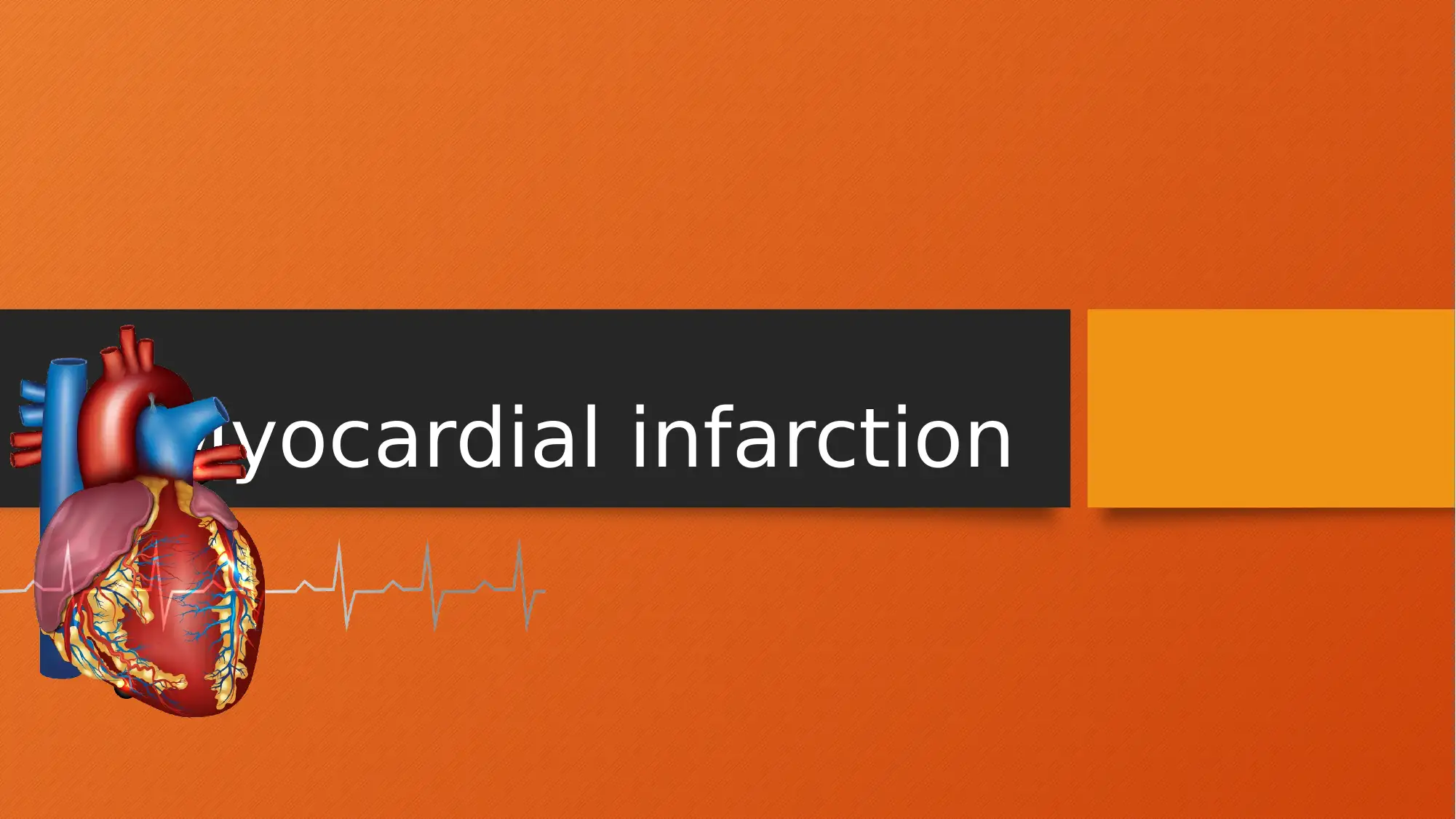
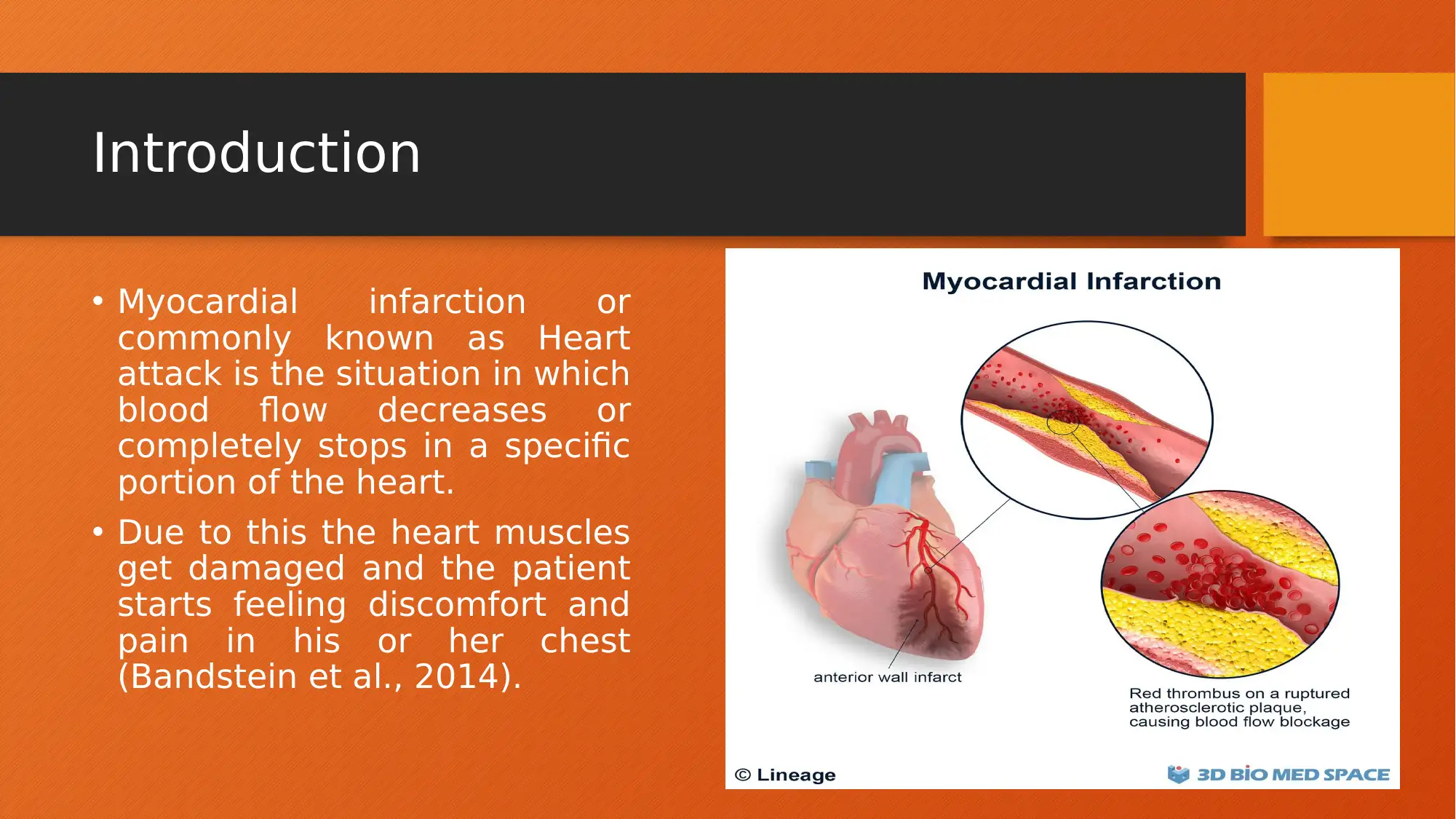
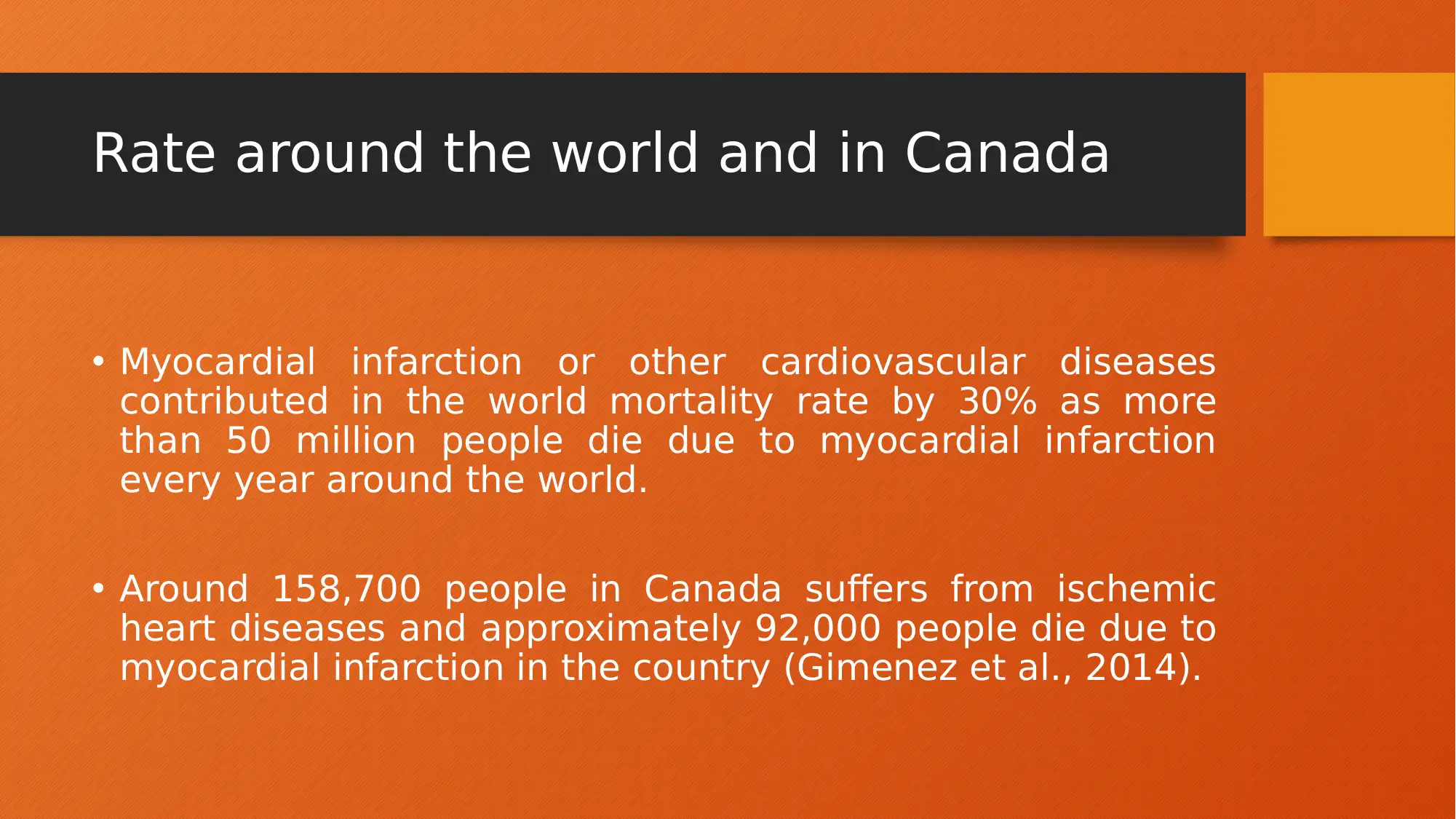

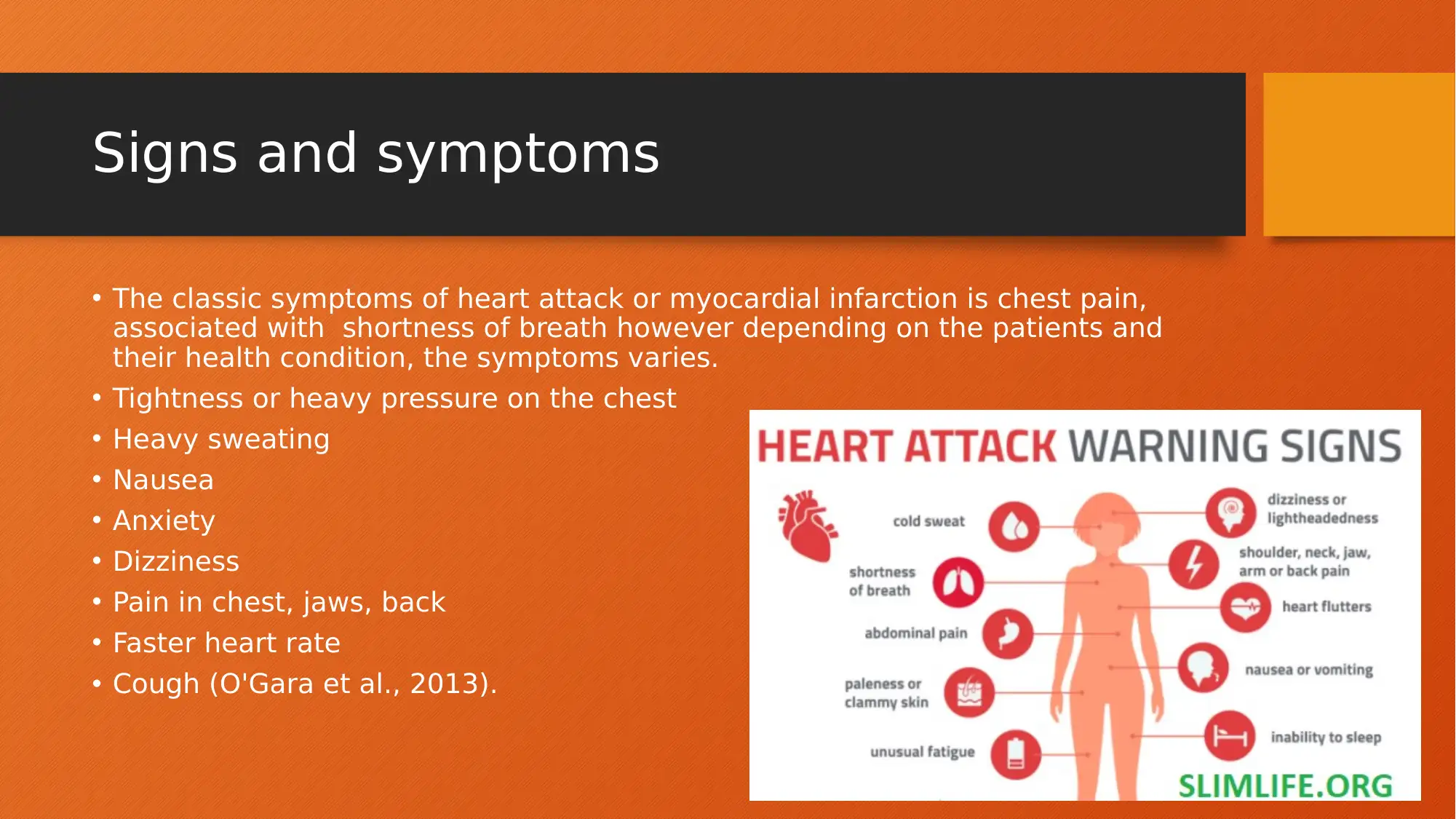
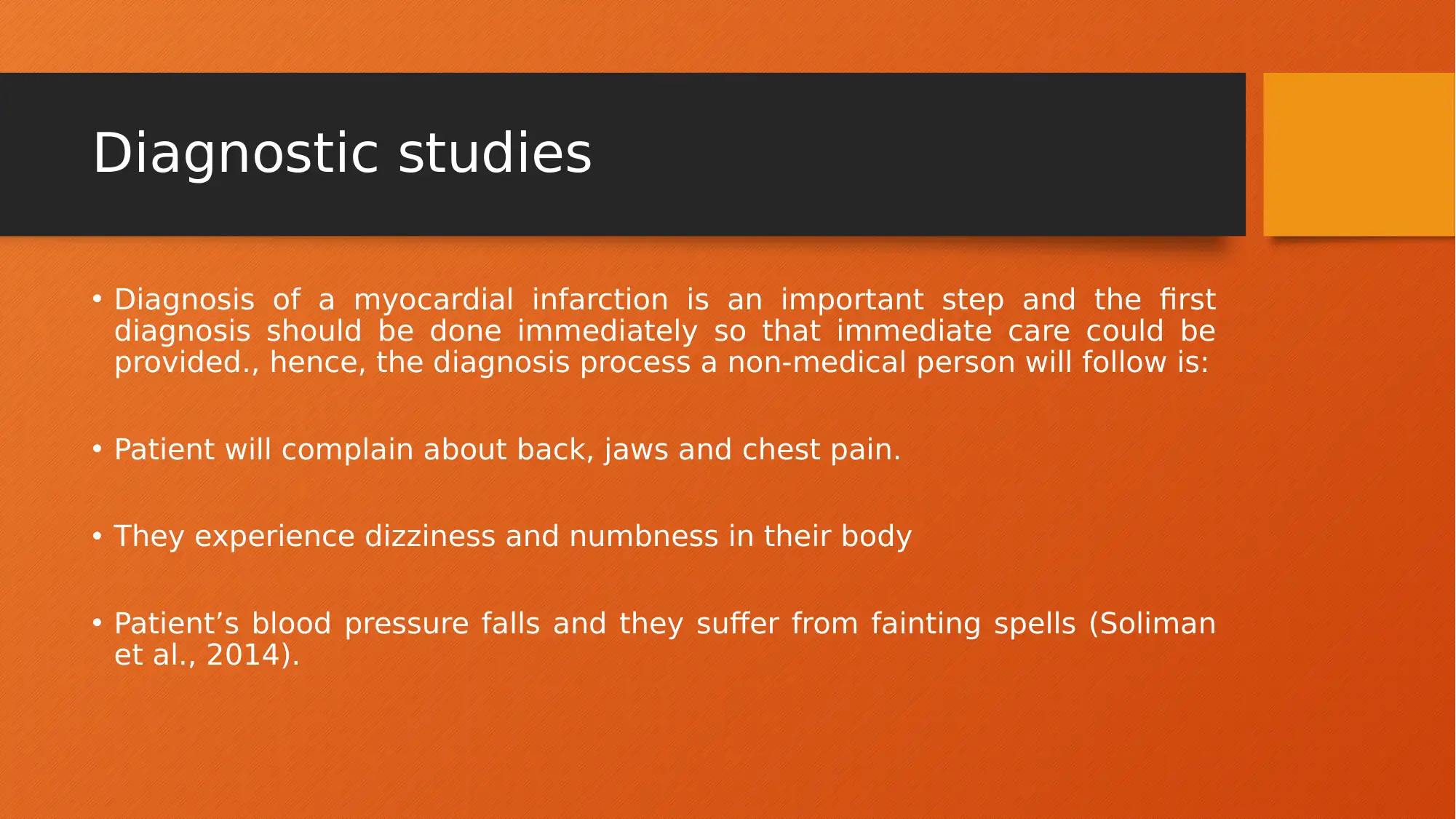
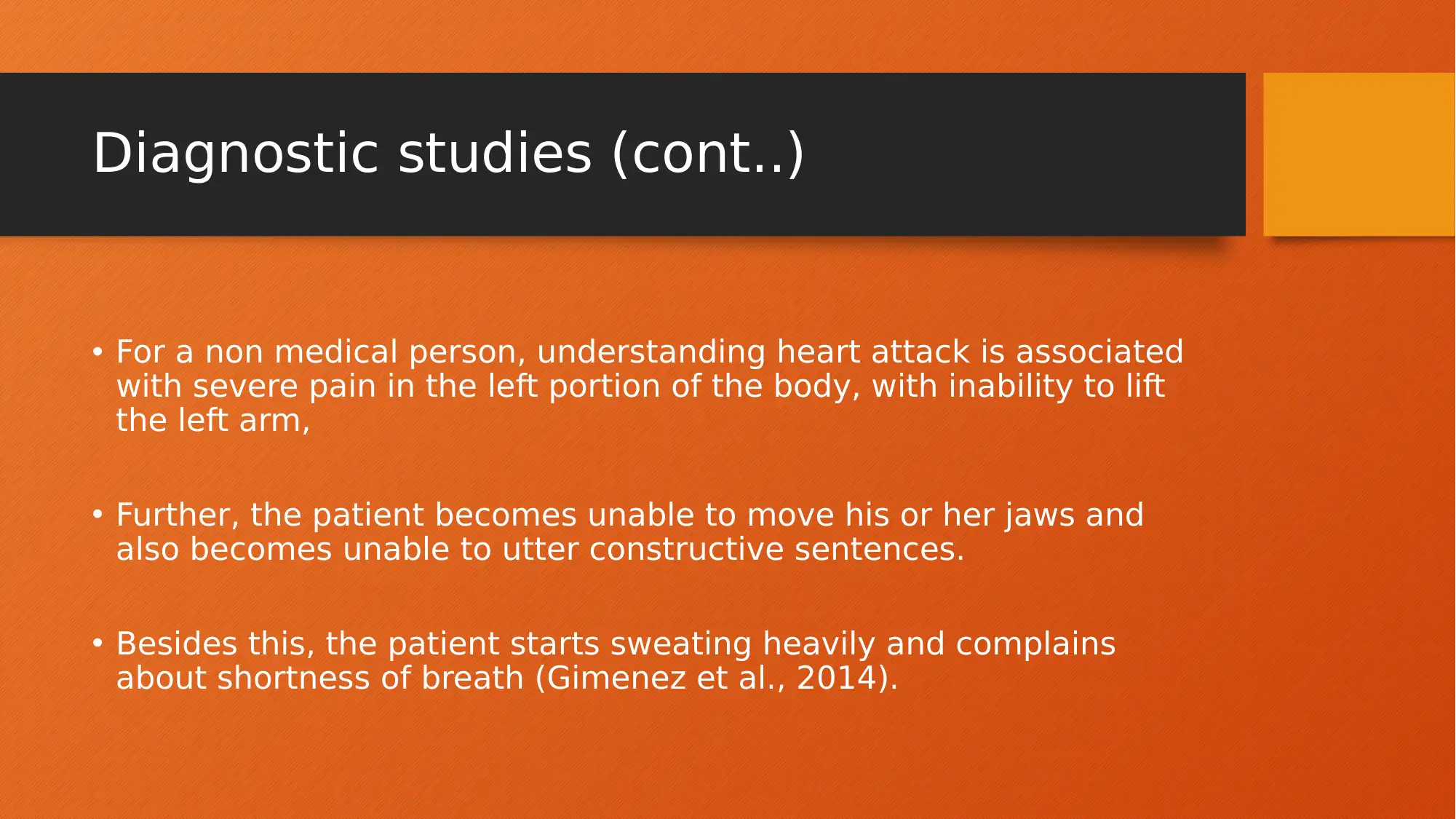
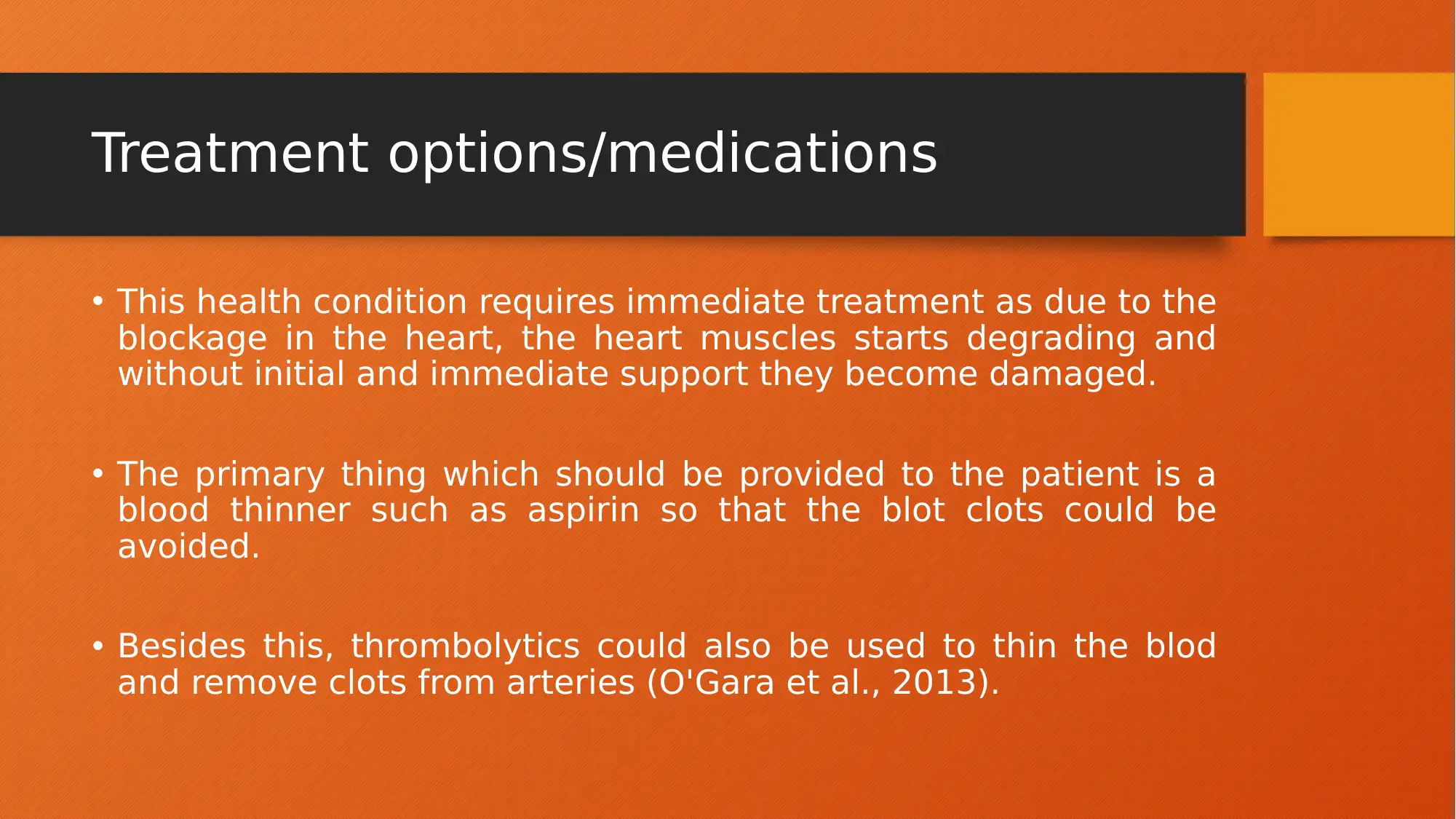
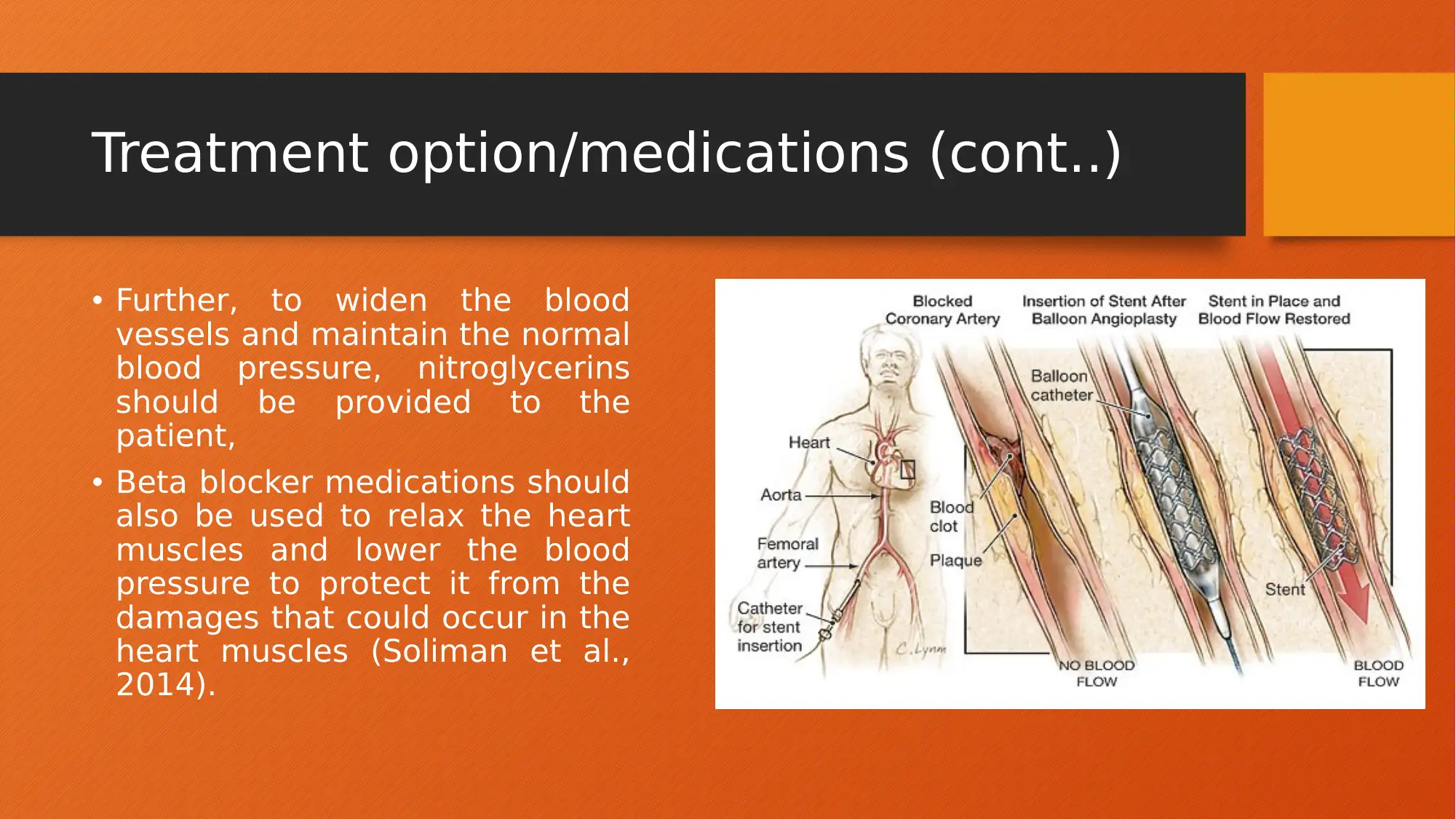
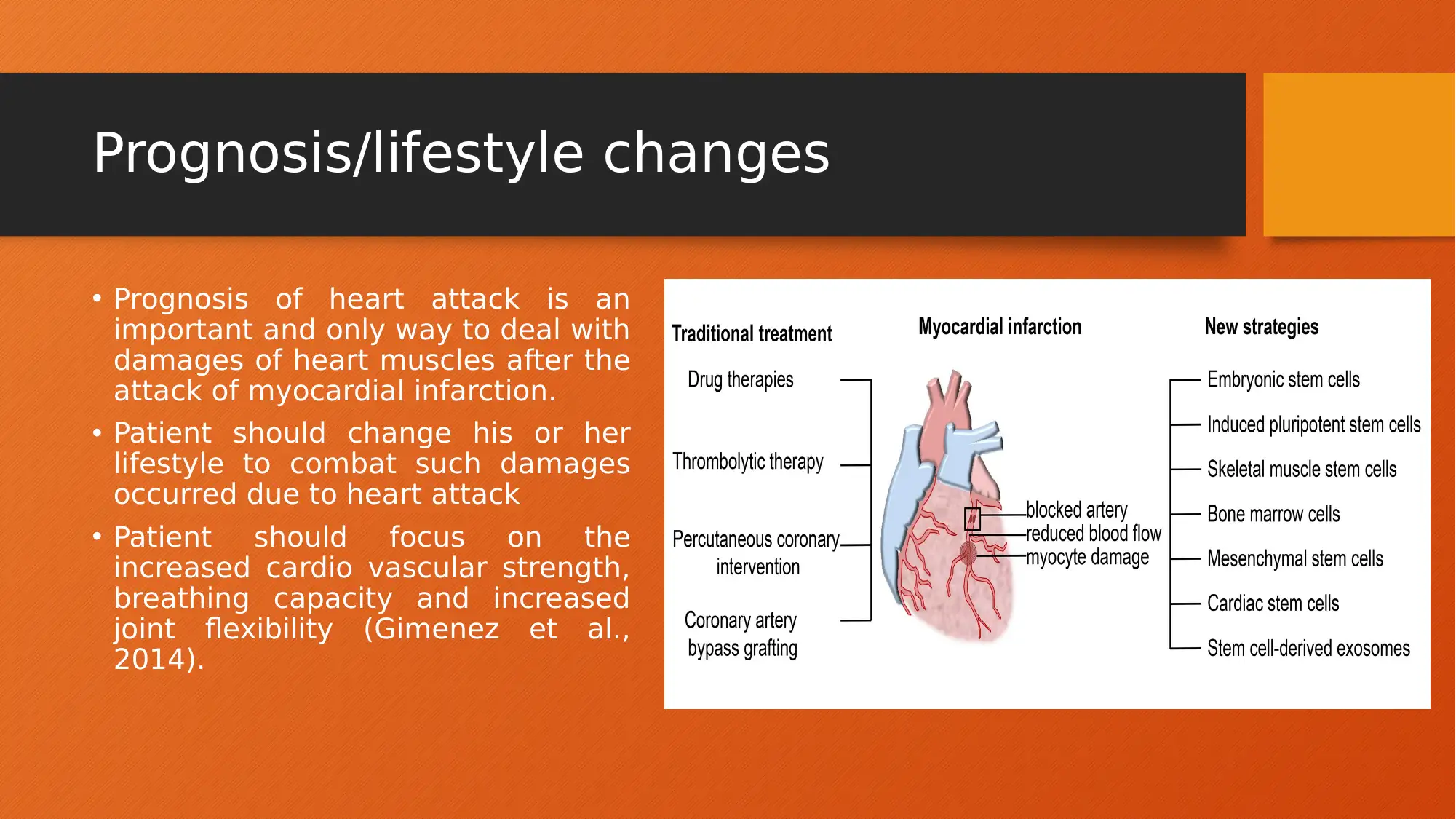
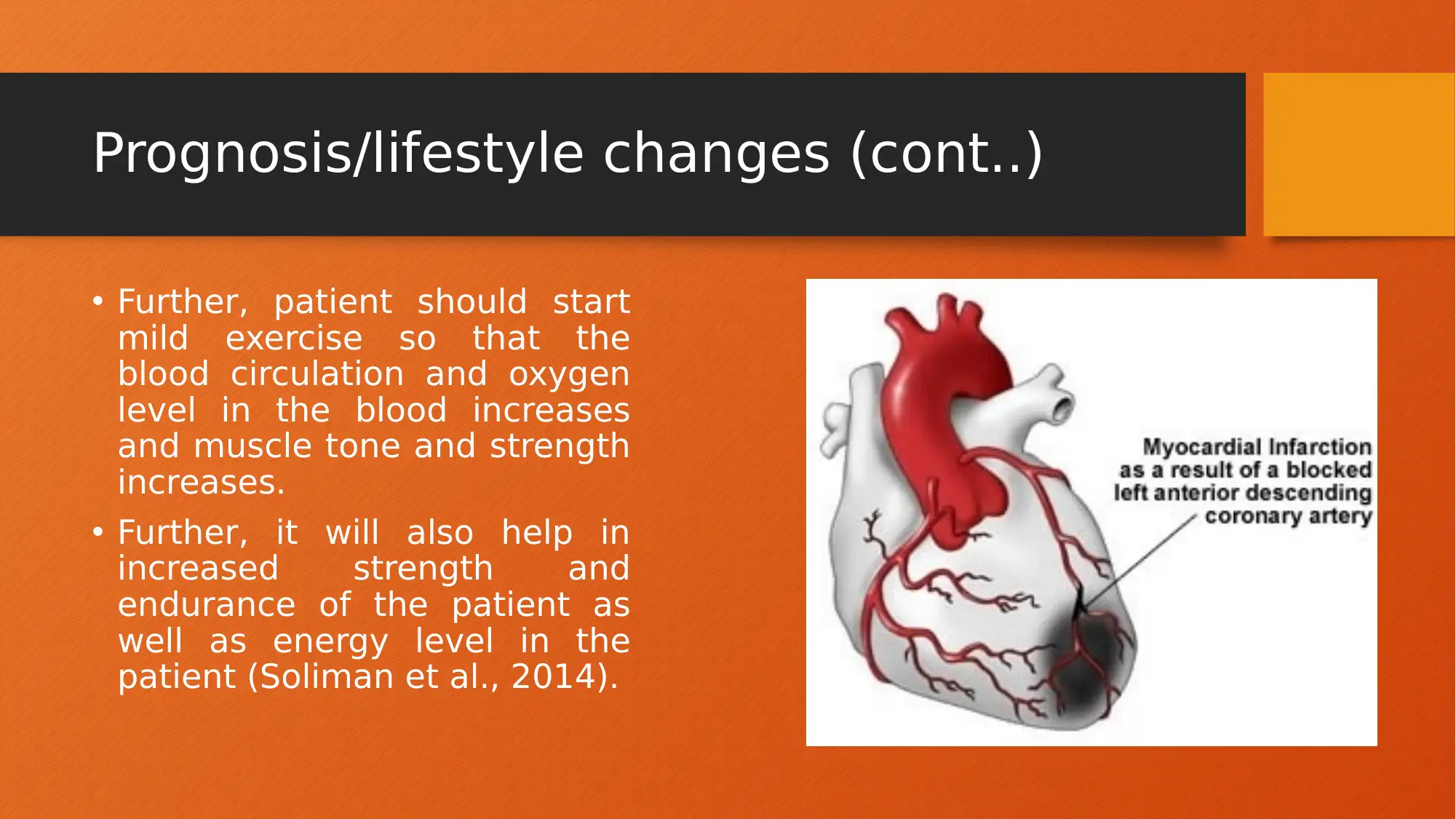
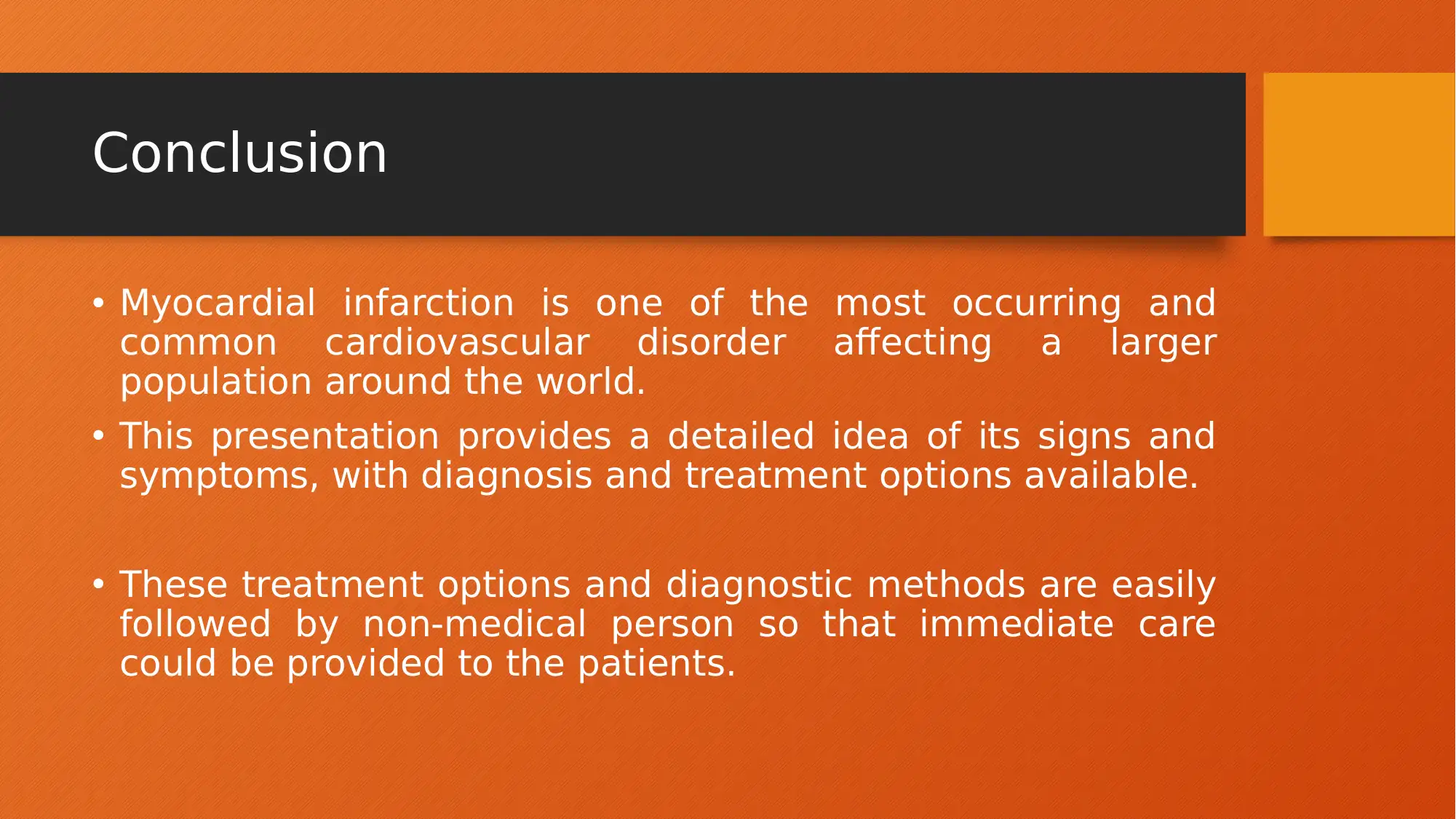
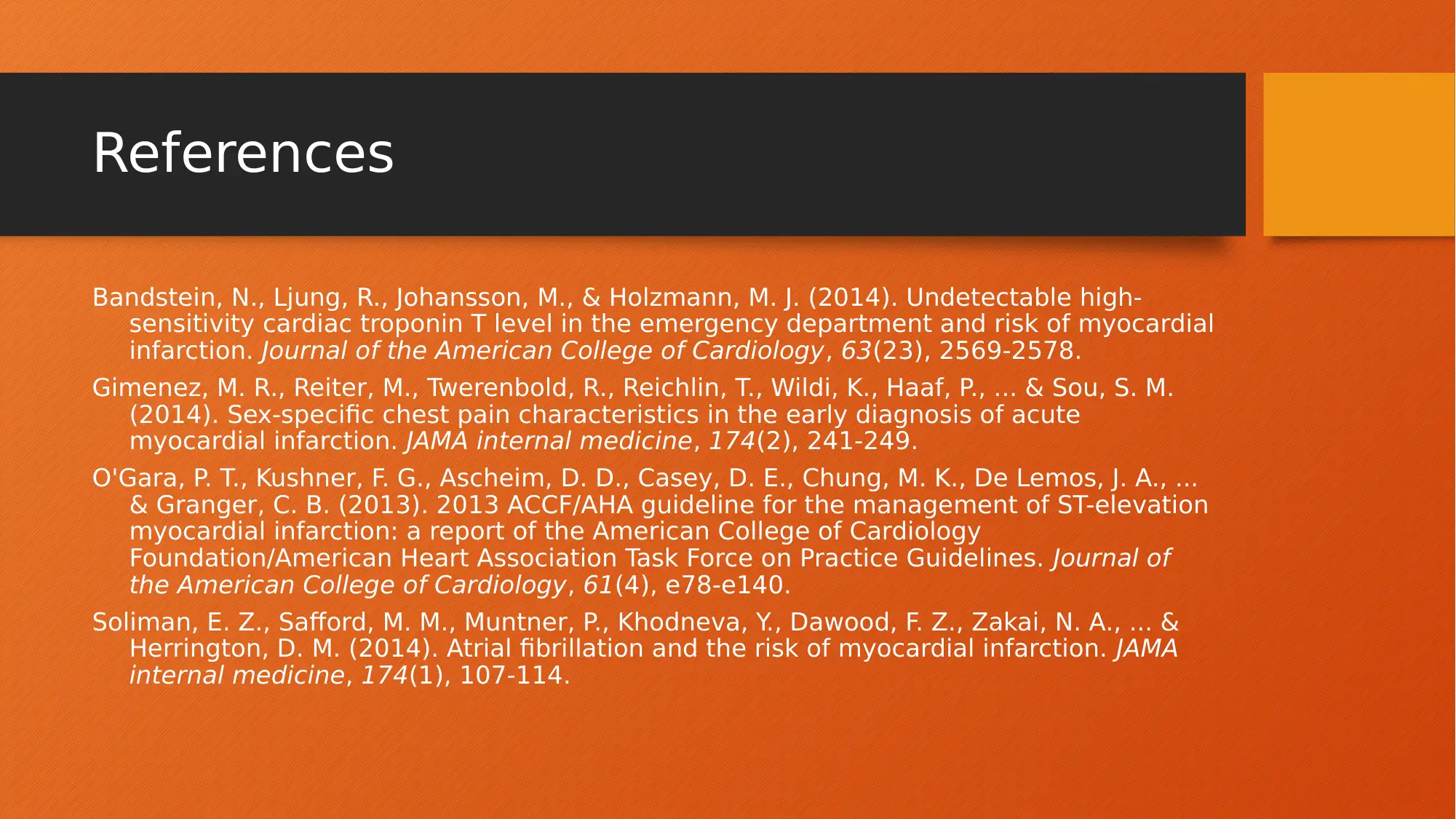






![[object Object]](/_next/static/media/star-bottom.7253800d.svg)